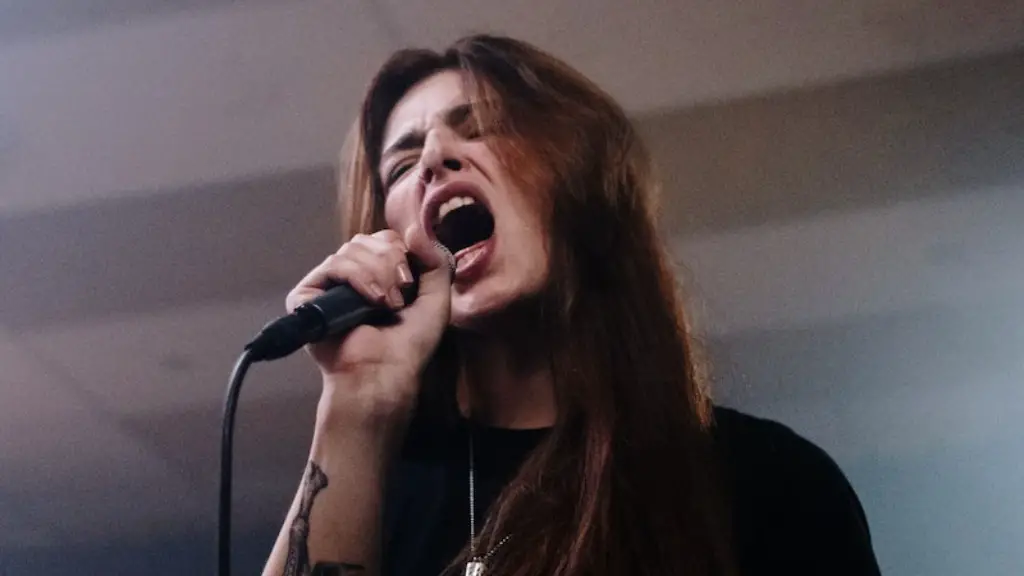Drawing Forest Animals: A Quick Guide
Drawing forest animals can be daunting, but once you’re armed with a few simple tips and a little bit of practice, you can get amazing results!
Get the Basics Right
It all begins with the basics- start with a basic pencil sketch to get the structure right and to measure proportions. Put in the different parts of the animal and decide where you want to keep them. Nail this part right and the other details and shading will all come together nicely.
Once the proportions are all sorted out, start the rendering process. Add details like fur, scales, and claws and bring the animal to life. Getting your first sketch accurate and then perfecting it is the gold rule of perfecting your forest animal drawing.
Move On to Color
Adding color to your animal is the next step, but proceed with caution. Easy does it- select the colors, textures and patterns with accuracy if you want to make the drawing lifelike.
Layer the colors carefully- start with light colors and add shading to the crevices and highlight areas. For further detailing, you can use darker shades to add accents.
Go slow, take your time and you’ll soon get the hang of it.
Vary Your Perspectives
Introducing different perspectives can really up your game! Try and draw the animal from different angles and not just stick to the usual front-facing perspective. Different angles will add depth to your drawing and will make it appear more realistic.
Shadows, too, can improve the dynamics of your drawing- try and create shadows that have perspective and visual depth. You can add shading, too, but take it one step at a time. Don’t try and accomplish too much, too soon- it’s the slow and steady approach that will get you the results you want.
Keep Practicing!
Of course, nothing happens overnight. Like all artforms and skills, it takes patience and practice to master the art of forest animal drawing. Keep at it and don’t be too hard on yourself. You’ll get the hang of it soon, and then you can start trying out different techniques.
Try experimenting with new techniques- fine tuning your sketches, trying out coloring techniques- this will help you figure out what works for you. Don’t get frustrated when your sketches don’t come out the way you want them to- just keep at it and try again.
Tools of the Trade
You can draw forest animals with any basic supplies- a few pencils, a sketchbook, and some colors. But if you plan to make it a regular pastime, investing in some basic supplies can save you a lot of time when it comes to rendering and shading.
A good set of markers, coloring pencils, colored pastels and watercolor can really up the game. Invest in a light box or good-quality tracing paper if you need to do a lot of outlining- it always helps to have professional-grade tools on hand.
Gaining Confidence
Forest animals are complex creatures and drawing them can be an intimidating prospect. But once you get the hang of it, it can be a really rewarding experience. Keep your expectations realistic and go slow. Taking it one step at a time and learning from your mistakes will help you gain confidence and progress further in your skills.
Remember that drawing wildlife is all about patience and observation- once you get the basics right, it’s all about practice, practice and more practice!
